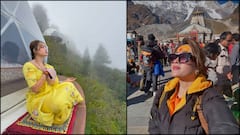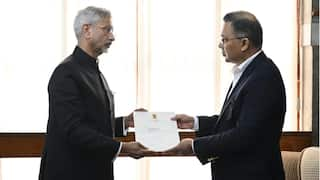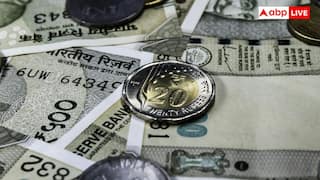Low-Cost Gel Film Can Pull Drinking Water From Air In Deserts: US Study
Scientists developed a low-cost gel film made up of abundant materials that can pull water from the air in even the driest climates. The materials facilitating this reaction cost $2 per kilogram.

New Delhi: More than one-third of the world's population lives in drylands, which are areas experiencing significant water shortages. Scientists and engineers at University of Texas in Austin, United States, have developed a technique which could help people living in drylands access clean, drinking water.
The paper, describing the technique, was recently published in the journal Nature Communications.
The scientists and engineers developed a low-cost gel film made up of abundant materials that can pull water from the air in even the driest climates. The materials facilitating this reaction cost a mere $2 per kilogram. According to the study, a single kilogram can produce more than six litres of water per day in areas with less than 15 per cent relative humidity and 13 litres in areas with up to 30 per cent relative humidity.
Previous breakthroughs of the team include the ability to pull water out of the atmosphere and the application of that technology to create self-watering soil. The new research builds on these breakthroughs. However, the technologies were designed for use in relatively high-humidity environments.
In a statement released by University of Texas at Austin, Guihua Yu, one of the authors on the paper, said the new work is about practical solutions that people can use to get water in the hottest, driest places on Earth. He added that this could allow millions of people without consistent access to drinking water to have simple, water generating devices at home that they can easily operate.
Materials Used To Make The Gel
The team used renewable cellulose and a common kitchen ingredient, konjac gum, as a main hydrophilic (water-loving) skeleton. The open-pore structure of the gum ensures that the moisture-capturing process speeds up.
Thermo-responsive cellulose with hydrophobic (water-fearing) interaction is another designed component in the film. The component helps release the collected water immediately to ensure that overall energy input to produce water is minimised.
Other techniques used to pull water from desert air are typically energy intensive, and do not produce much water. The researchers said that although six litres does not sound much, creating thicker films or absorbent beds or arrays with optimisation could drastically increase the amount of water they yield.
According to the researchers, the reaction itself is a simple one, which means it could be easily scaled up and mass usage can be achieved.
Youhong "Nancy" Guo, the lead author on the paper, said this is not something one needs an advanced degree to use, but is straightforward enough to ensure that anyone can make it at home if they have the materials.
How Is The Film Used?
According to the study, the film is flexible, and depending on the need of the user, can be moulded into a variety of shapes and sizes. Only the gel precursor, which includes all the relevant ingredients poured into a mould, is required to make the film.
Weixin Guan, a lead researcher of the work, said the gel takes two minutes to set simply, following which it just needs to be freeze-dried, and peeled off the mould. The gel can be immediately used after that.
A big part of the project is to make drinking water for soldiers. The researchers, however, envision the project as something that people could someday buy at a hardware store and use in their homes because of the simplicity.
Related Video
Women's Day Special: Male Colleagues Share Their 'Mann Ki Baat' for Female Teammates in the Newsroom






































